Winter solstice, which welcomes back the sunlight after long days of darkness, is a holiday celebrated throughout the world. Though often thought of as a northern European holiday, traditions honoring the winter solstice can be found around all corners of the world, spanning from China to Peru. Everyone wants a way to enjoy the fact that light will return after short, dark days. Read on to discover how cultures honor the longest night of the year and all that is to come with special food, candles, and more.
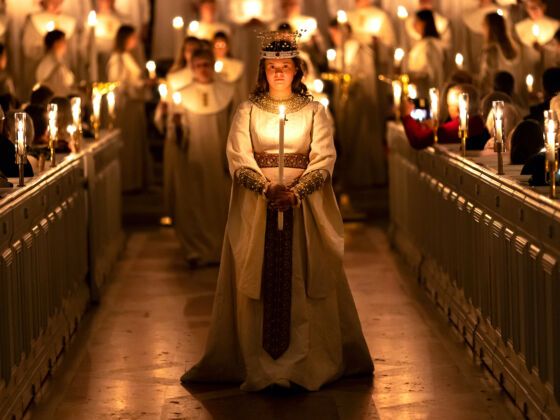

Candles, Yuzu Baths, and Red-Bean Porridge: 9 Ways the World Celebrates the Winter Solstice
Shab-e Yalda — Iran
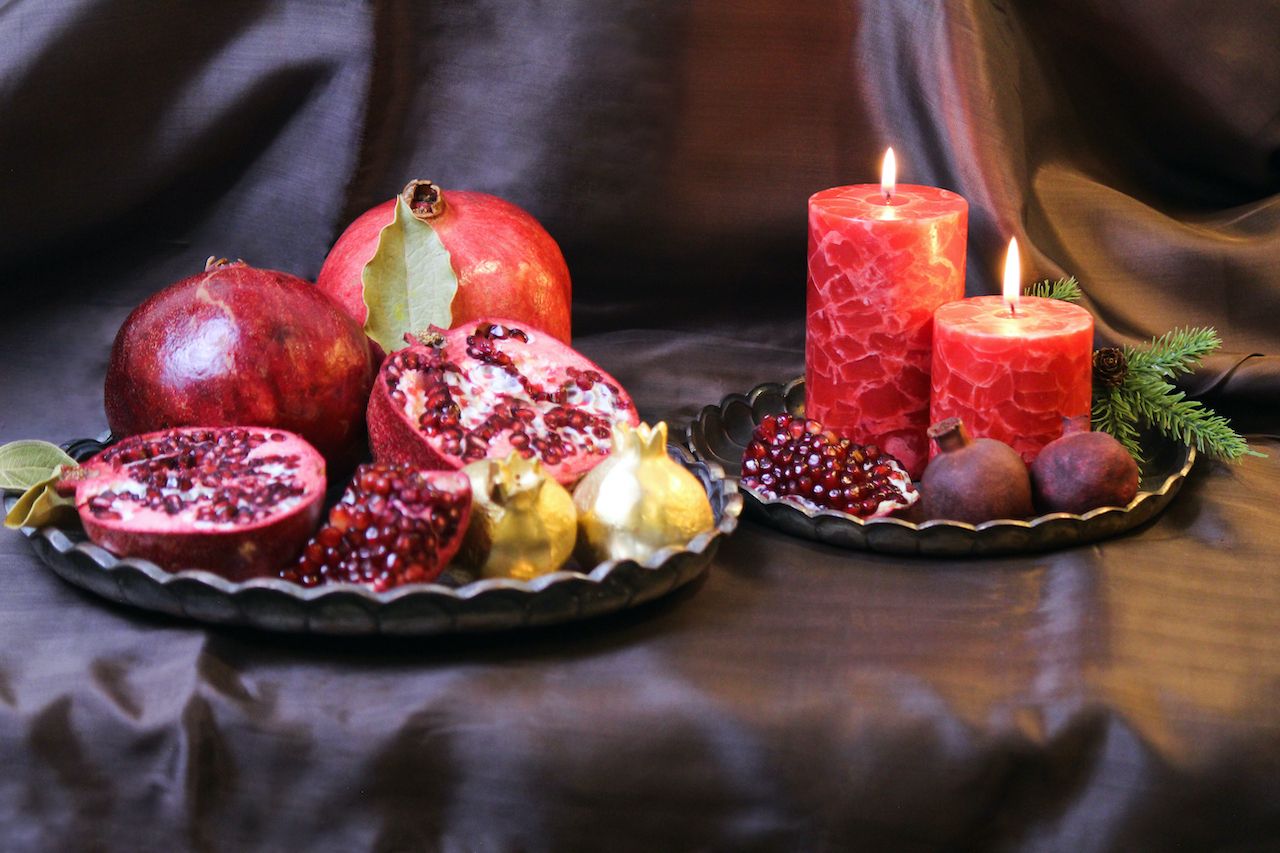
Photo: Raheleh Khatami/Shutterstock
Held over December 20 or 21, Yalda — or “birth” — is a Persian holiday celebrated by family gatherings that last all night. These meetings include poetry readings (especially of poems by 14th-century Persian poet Hafez), candle lightings, and feasts with the last of the summer’s fruits such as pomegranates and watermelons. Also known as the Birth of Mithra or Shab-e Chelleh, this holiday has been observed for centuries, and celebrates the birth of Mithra, the goddess of light. Though modern-day Iran is predominantly Muslim, ancient Persian holidays such as Yalda have survived, morphed into a contemporary celebration.
Dongzhi — China

Photo: ToNDeTT/Shutterstock
This holiday literally translates into “when winter arrives” and is said to welcome positive energy for the upcoming year. Also observed on December 21, the Dongzhi festival is celebrated not only in China, but also in parts of Japan, Korea, and Vietnam. In China, the holiday is celebrated by families gathering and eating tangyuan, which are sweet glutinous balls of flour symbolizing reunion. All hope for a brighter year in the upcoming calendar, and many Chinese people believe Dongzhi is when they turn a year older, rather than on Chinese New Year.
St. Lucia’s Day — Sweden
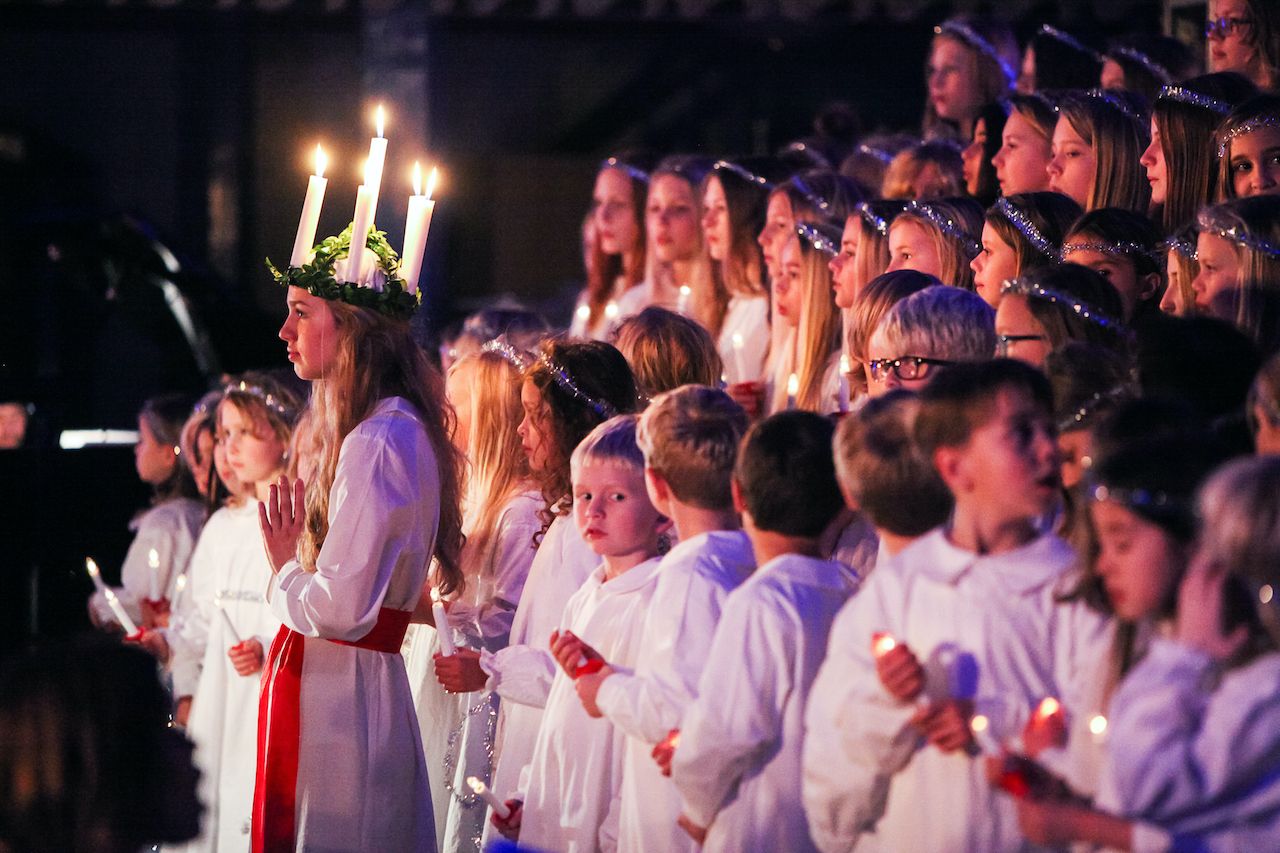
Photo: Sussi Hj/Shutterstock
Held on December 13, St. Lucia’s Day is a beautiful festival of lights that honors the Christian saint and martyr, Lucia. Especially beloved by children, each town picks their own St. Lucia to parade around with a wreath of (now electric) candles on their head. Dressed in robes of white, children process singing traditional songs. Used as a signal for the beginning of the Christmas season in Scandinavia, St. Lucia’s Day is observed in the home with coffee and baked goods such as lussekatter, also known as saffron bread.
Soyal — Hopi People, Arizona, USA
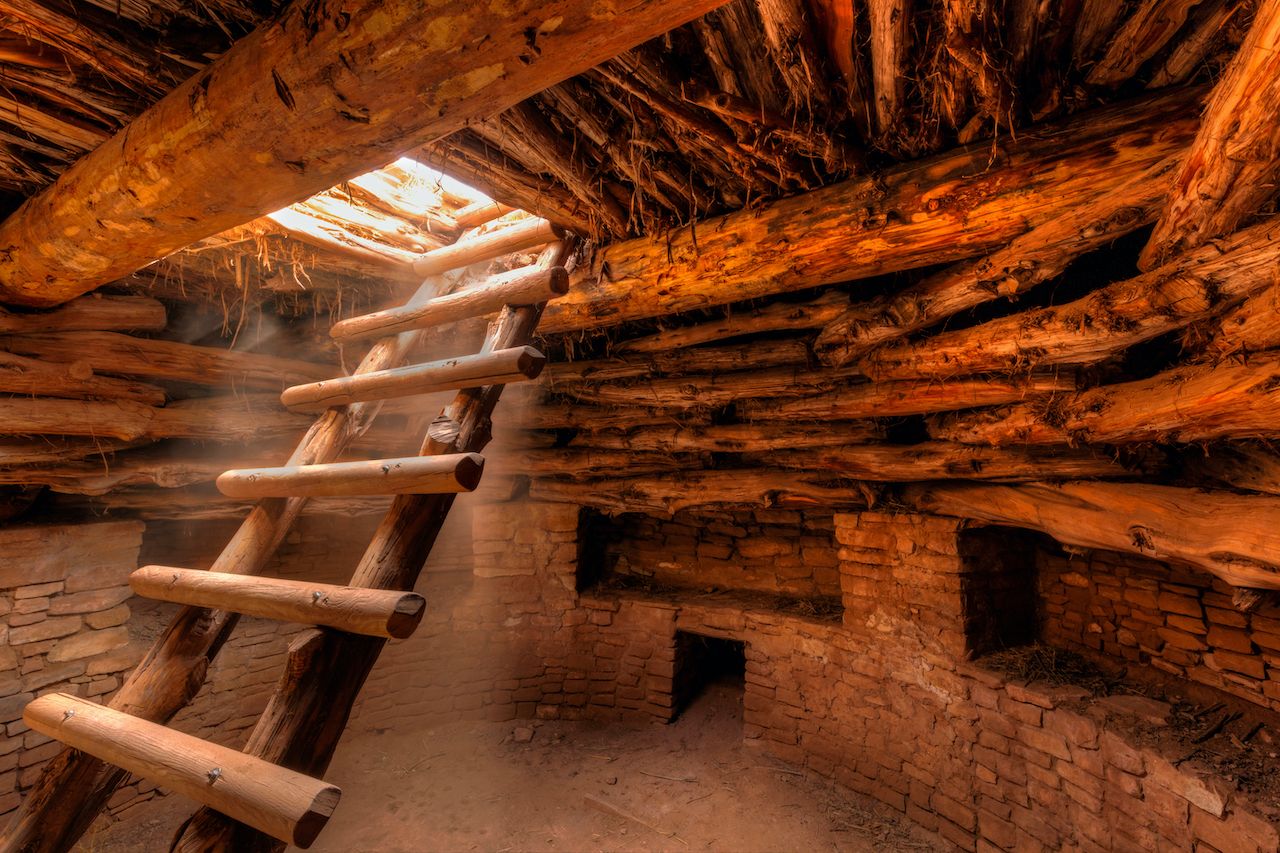
Photo: Colin D. Young/Shutterstock
The Soyal solstice ceremony of the Hopi nation welcomes back the sun to the world with dances, prayers, and storytelling. Held on December 21, Soyal is the beginning of the Kachina season, which are guardian spirits. These spirits can help humans positively if shown respect. Kivas, underground rooms used for sacred ceremonies, are also opened on Soyal. Overall, Soyal is meant to bless the upcoming year, including agricultural ventures, homes, and communities.
Dongji — South Korea
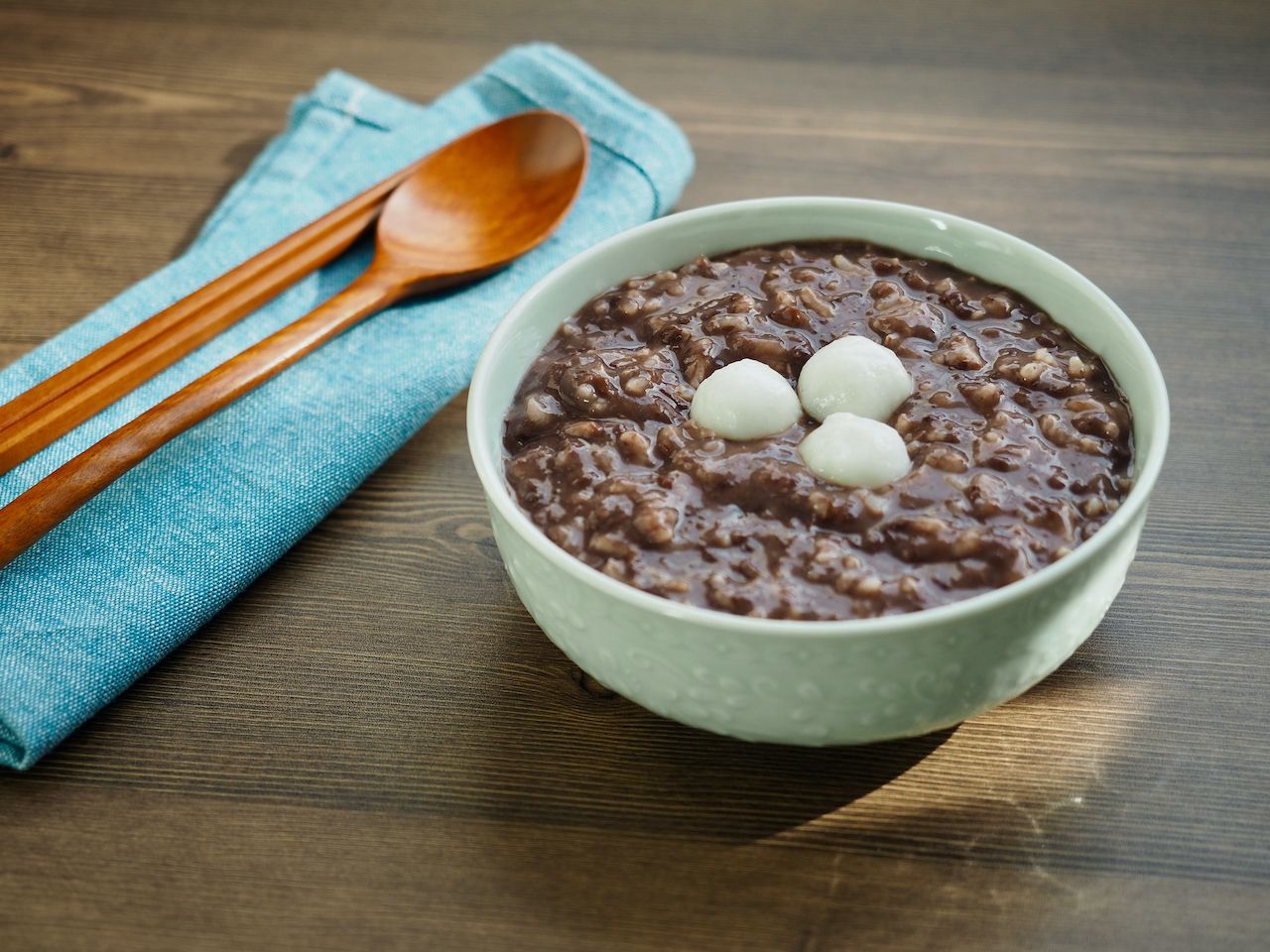
Photo: ungsu han/Shutterstock
December 21 starts the holiday of Dongji in South Korea, which runs until January 4. During Dongji, considered the little new year of South Korea, Koreans eat red bean porridge called patjuk to mark the arriving year. Those who eat the porridge are said to grow older by a year. Koreans wear red, the color of good luck, during Dongji. Literally translated as “the extreme of winter” it is said to be good luck for the upcoming harvest if it is cold on Dongji. Some people spread red beans around their homes to ward away evil spirits.
Newgrange gathering — Ireland

Photo: MNStudio/Shutterstock
In Newgrange, Ireland, people gather to witness the passage and chamber of the 5,200-year-old stone tomb fill with light for exactly 17 minutes during the winter solstice’s sunrise on the morning of December 22. A lottery system is used to choose who will be lucky enough to see this wonder, said to celebrate light over darkness. Older than Stonehenge and the Pyramids of Giza, Newgrange is located in the Boyne Valley of Ireland with an equal amount of history and mystery.
Toji — Japan
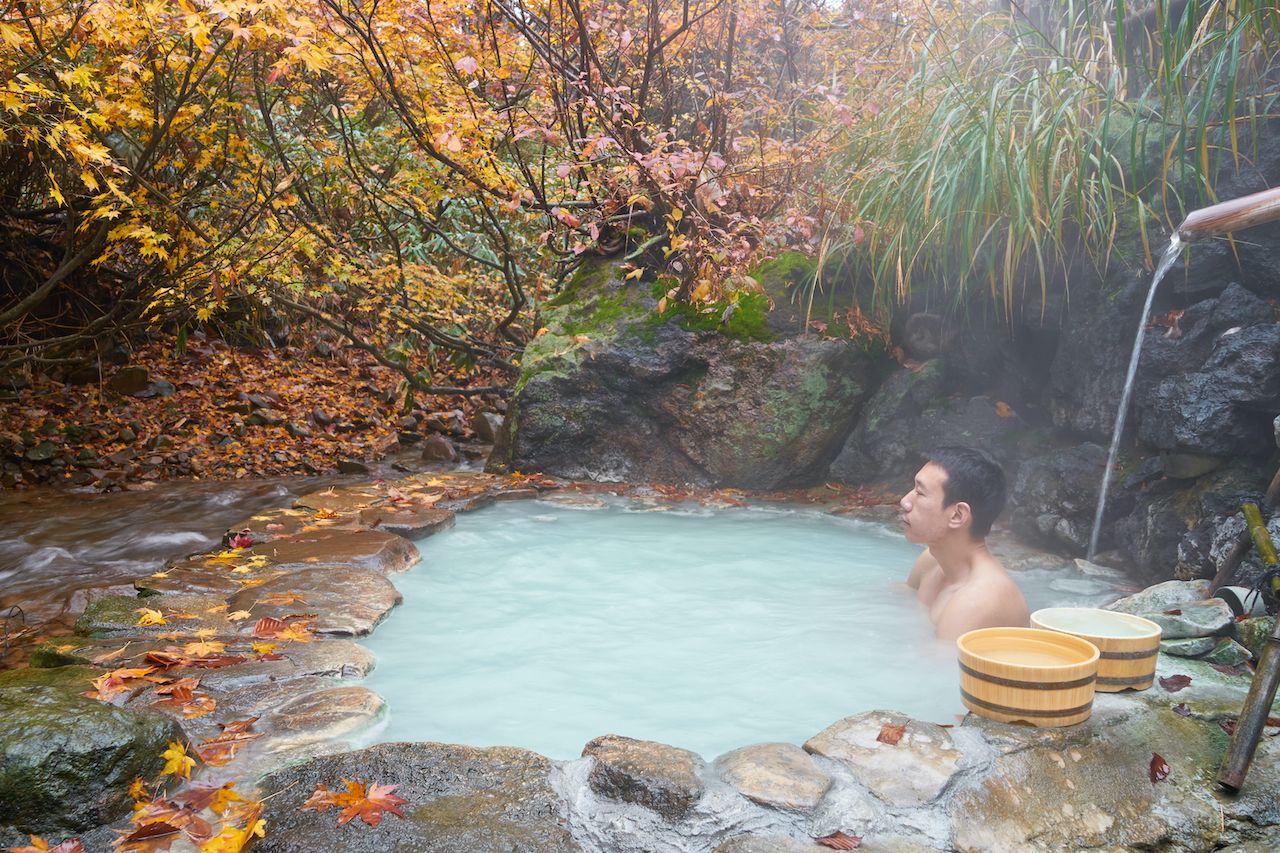
Photo: Burin P/Shutterstock
Specifically celebrated to bring luck to farmers for the upcoming year, people light bonfires on Mount Fuji, as well as take baths with yuzu, a citrus fruit believed to ward off sickness. Japanese people eat special foods like kabocha squash, which is thought to bring good luck. Many travel to onsens, traditional Japanese baths, to purify themselves for the upcoming year. Like many other winter solstice celebrations, the event occurs on December 21.
Inti Raymi — Peru
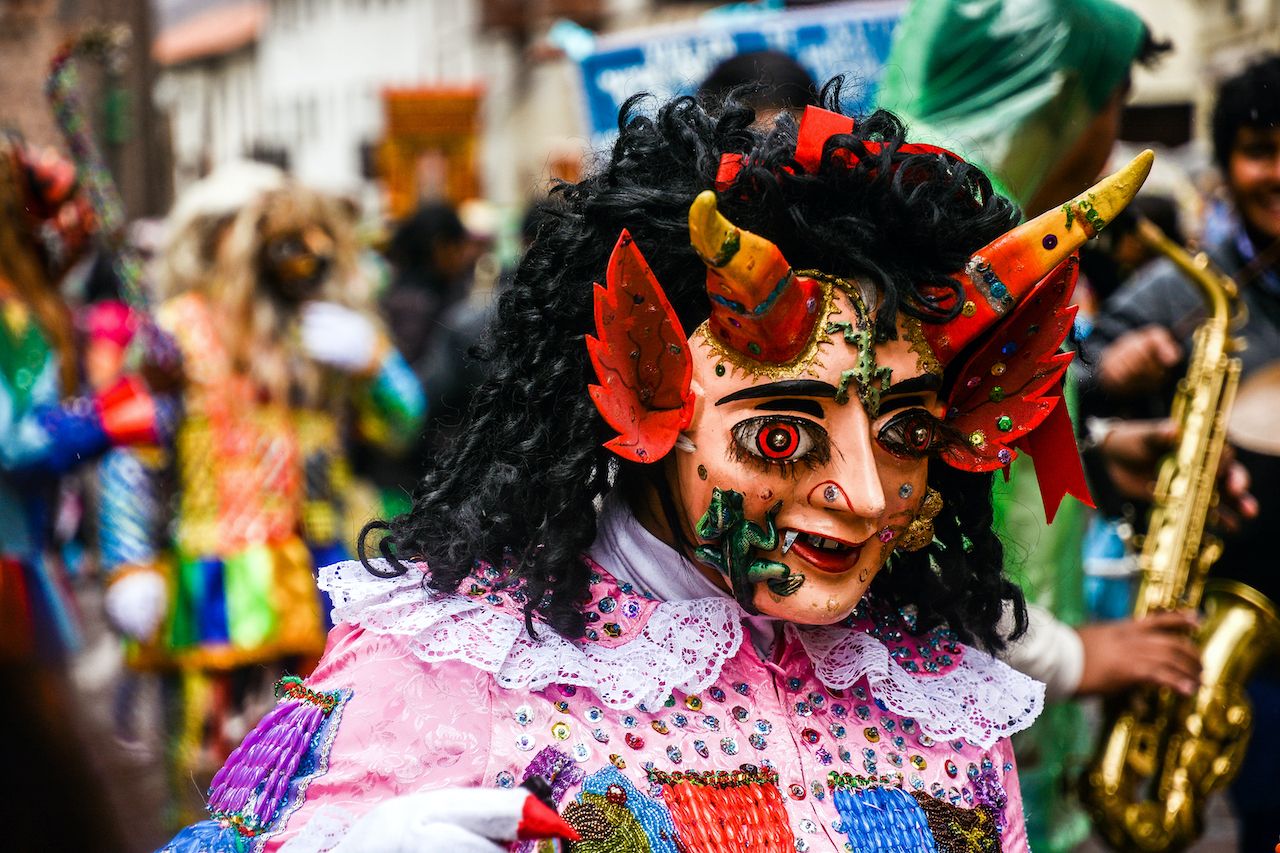
Photo: Alice Bensi Photography/Shutterstock
Celebrated in June for the southern hemisphere’s winter solstice (around June 21), this Incan holiday was marked by fasting and offerings to the god of the sun, Inti. The main procession included a parade of cloth-wrapped ancestral mummies, where plenty of chica, Incan beer, flowed. Once banned by the Spanish inquisition, the holiday has been revived, though it no longer includes a promenade of mummies. The current festival includes a parade with costumes and mask-wearing that begins with an invocation to Inti.
Burning the Clocks — Brighton, England

Photo: De Vicky Jirayu/Shutterstock
A modern-day winter solstice festival, this yearly festival on December 21 includes a parade, bonfire, fire show, and burning of clocks to represent the passing of time. A carnival-like atmosphere, the Burning of the Clocks is meant to be an antidote to the consumerism of Christmas. All lanterns are held up by withies, or willow canes, which symbolize the hopes and dreams of the coming year. The procession ends at the oceanfront with a bonfire.